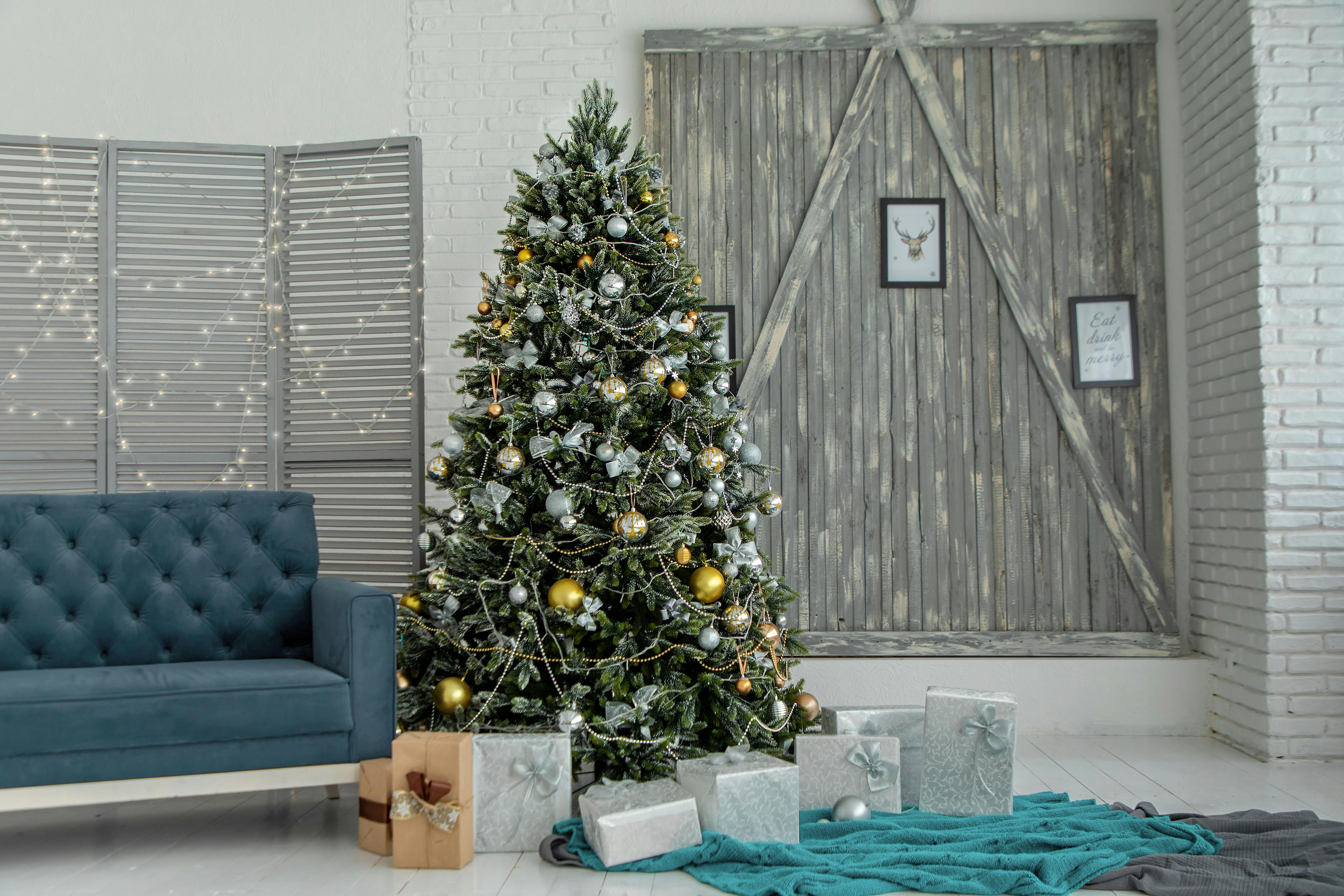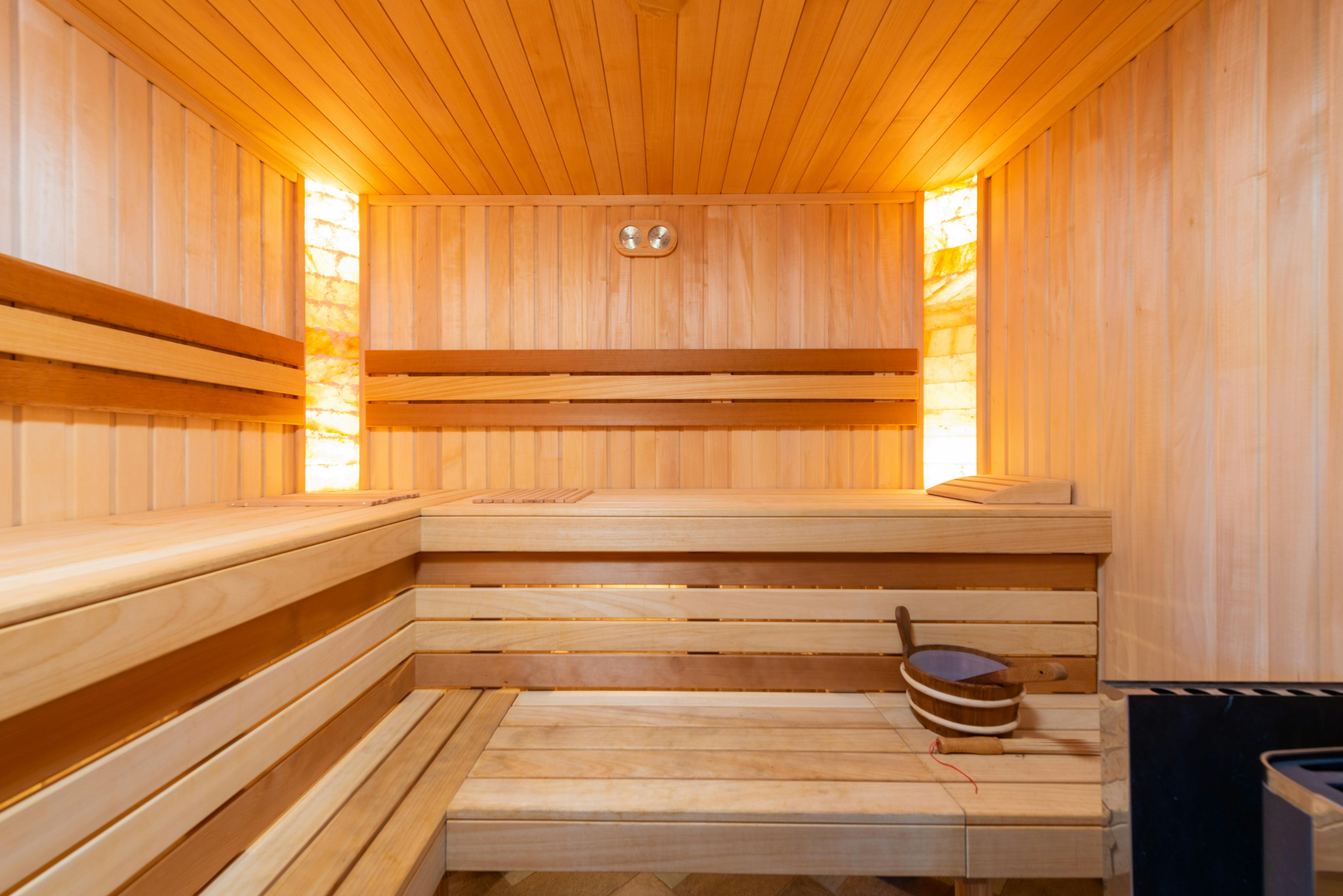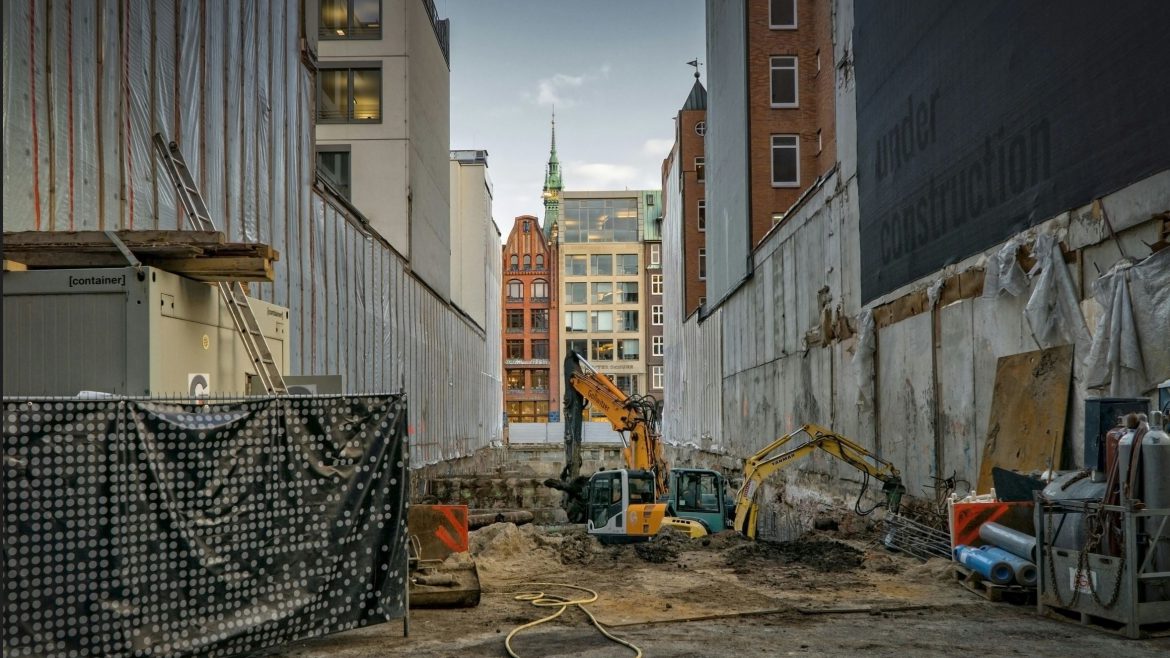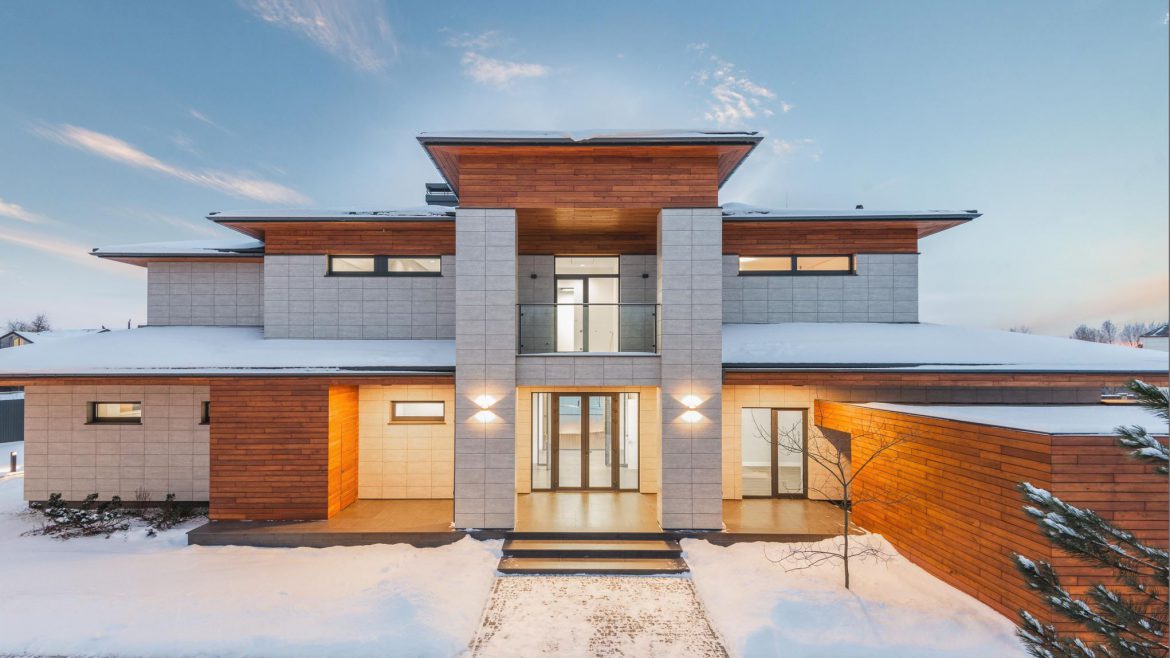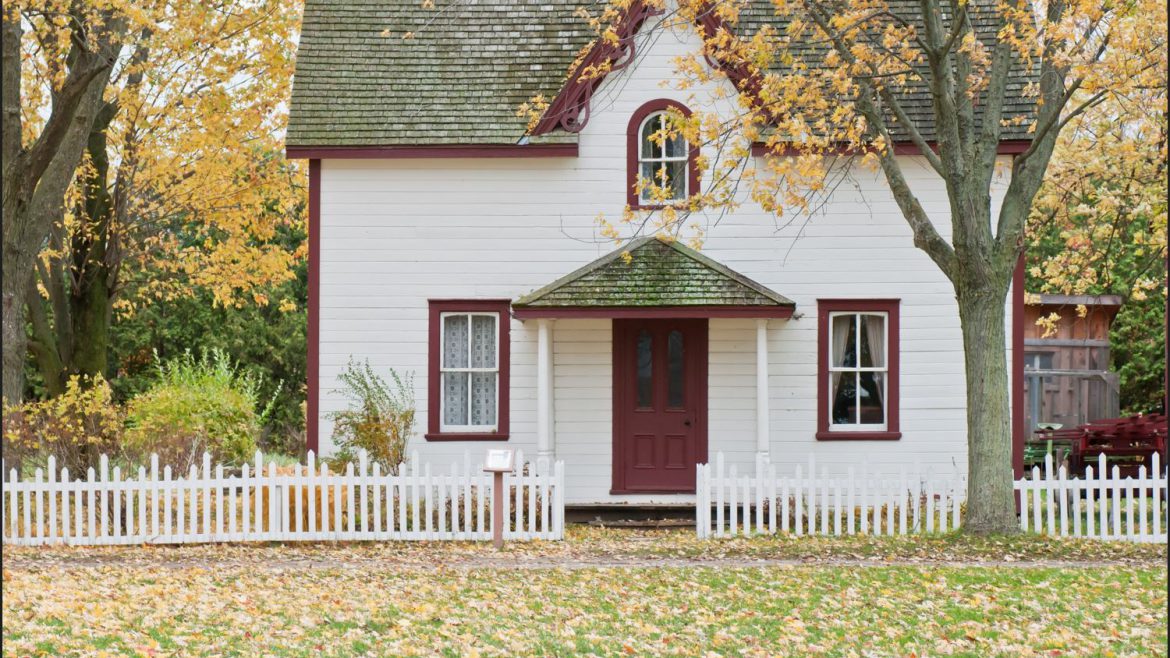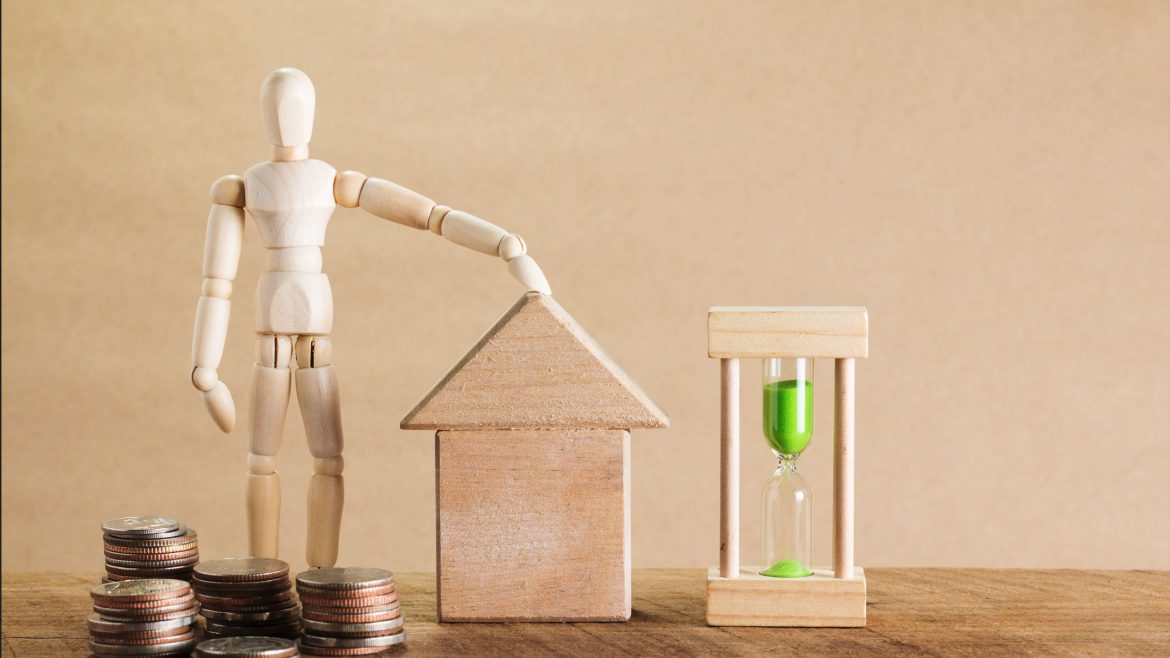Holiday Ready
https://imaginahome.com/wp-content/uploads/2024/12/pexels-dima-valkov-1186343-3314866.jpg 1024 683 Nisha Muire Nisha Muire https://secure.gravatar.com/avatar/d5fe8c2a727e05a050f28f8236ee415c4328cfed239ef48d94f0e8ac326e8708?s=96&d=mm&r=gThe holiday season in Toronto is a time for family gatherings, festive meals, and creating lasting memories. One of the most important things you can do to prepare is get your home ready to embrace the joy and warmth that come with the holidays. Whether you’re hosting a big family dinner, cozying up with close friends, or just enjoying some peaceful moments with your loved ones, a little preparation can make all the difference. Here’s a step-by-step guide to get your home holiday-ready.
1. Start Fresh
Before you dive into the holiday decor and celebrations, it’s essential to give your home a good cleaning and decluttering session. A tidy home creates an inviting atmosphere and gives you more room to enjoy the festivities. Here’s how to tackle it:
- Declutter: Clear out spaces you will use for gatherings — like the dining table, living room, and entryway. Remove any unnecessary items, donate unused items, and organize your shelves and drawers. This will help you feel more relaxed and in control.
- Deep Clean: Vacuum and mop the floors, dust off surfaces, and wipe down your windows. Don’t forget about the forgotten areas like light fixtures, baseboards, and behind furniture. You’ll be surprised how a thorough clean can make a space feel fresh and inviting.
- Wash Linens: Make sure your guest towels, sheets, and blankets are clean and ready for use. If you plan on hosting overnight guests, consider updating your guest room with fresh bedding and a few cozy touches.
2. Set the Mood with Lighting
As the days get shorter, lighting plays a big role in creating a cozy, festive atmosphere. The right lighting can instantly elevate your home’s ambiance.
- Holiday Lights: String lights are a classic for a reason! Add twinkling lights around your windows, mantel, or trees. Indoor fairy lights can create a warm, magical glow, while outdoor lights welcome guests with a festive touch.
- Candles: Scented candles can fill your home with the fragrances of the season — think cinnamon, pine, or vanilla. Place them in the living room, bathroom, and dining area to create a soothing and festive vibe. For added safety, consider flameless LED candles that flicker just like real ones.
3. Holiday Decorations
When it comes to holiday decorations, you can do so much more than just putting up a holiday tree. Here are some ideas:
- Seasonal Wreaths and Garlands: Hang a beautiful wreath on your front door to welcome guests, or drape garlands along your staircase, fireplace mantel, or windowsills. These touches instantly evoke the spirit of the season.
- Festive Table Settings: If you’re hosting meals or parties, set the table with festive holiday linens, dinnerware, and centerpieces. A rustic table runner with pinecones and candles or a simple red and white theme can elevate the dining experience.
- Characters: There are a number of holiday statues you can put up from nutcrackers, to gold wire created deer and even snow globes – all create a sense of wonder and enchantment in a home at this time.
4. Make Your Home Smell Like the Holidays
A home that smells good makes it feel even more inviting. Infuse your space with scents that remind everyone of the holidays.
- Bake Some Treats: Nothing brings the holiday spirit into a home faster than the smell of freshly baked cookies, pies, or breads. Try making some holiday favorites and letting the delicious aromas fill the air.
- Simmering Potpourri: A stovetop potpourri of cinnamon sticks, cloves, and citrus slices can make your home smell like the holidays without turning on the oven. Simply simmer these ingredients on low heat for a comforting, seasonal scent.
- Essential Oils: Diffuse essential oils like peppermint, orange, or fir to fill your home with an uplifting, holiday-inspired fragrance.
5. Prepare for Guests
If you’re hosting guests during the holidays, preparing your space can make them feel comfortable and welcomed. A few thoughtful touches can go a long way.
- Guest Room Ready: If you have overnight guests, freshen up your guest room with clean linens, fluffy pillows, and a few thoughtful touches like a nightlight or a basket with toiletries and snacks.
- Entryway Organization: Ensure there’s a designated spot for guests to hang their coats and store their shoes. A basket of cozy slippers can be a nice touch for those colder months.
- Refresh Your Restrooms: Stock up on toilet paper, hand soap, and fresh towels in all bathrooms. A small vase with seasonal flowers or a scented hand soap can make the space feel extra festive.
6. Stock Up on Holiday Essentials
Running out of essential items during the holiday rush can add unnecessary stress to your celebrations. Make sure you’re fully stocked up on everything you’ll need for hosting, cooking, and celebrating.
- Pantry Staples: Ensure you have ingredients for your holiday meals, including any seasonal treats you plan to bake. Check that you have enough spices like cinnamon, nutmeg, and ginger, as well as canned goods and snacks for impromptu gatherings.
- Gift Wrap and Cards: Stay ahead of the gifting game by purchasing wrapping paper, gift bags, and cards. This way, you won’t be scrambling when it’s time to wrap presents.
- Entertainment: Whether it’s board games, holiday movies, or a playlist filled with Christmas carols, make sure you have entertainment options lined up for all ages.
7. Prepare for the Unexpected
The holiday season can sometimes come with a few surprises. Being ready for anything can help you enjoy the season without the stress.
- Emergency Kit: Keep a small emergency kit on hand, including extra batteries for the lights, tape for wrapping, and a first aid kit. It’s always good to be prepared for the little hiccups that might arise.
- Weather-Ready: If you live in an area where the weather can get unpredictable, make sure you have a plan in place for snow, ice, or rain. Stock up on essentials like blankets, warm drinks, and extra firewood.
Final Thoughts
Getting your Toronto home ready for the holidays isn’t just about decorating; it’s about creating a welcoming, cozy environment where you and your loved ones can enjoy the season’s magic. By following these steps, you can prepare your home in a way that enhances the joy and ease of the holidays. Remember, it’s not about perfection — it’s about making your home feel warm, inviting, and full of love.
From the team at Imaginahome – Happy holidays and the very best for a bright and prosperous new year!

